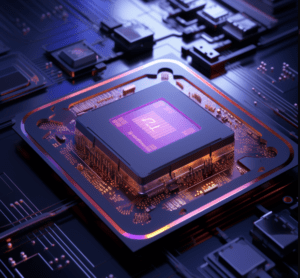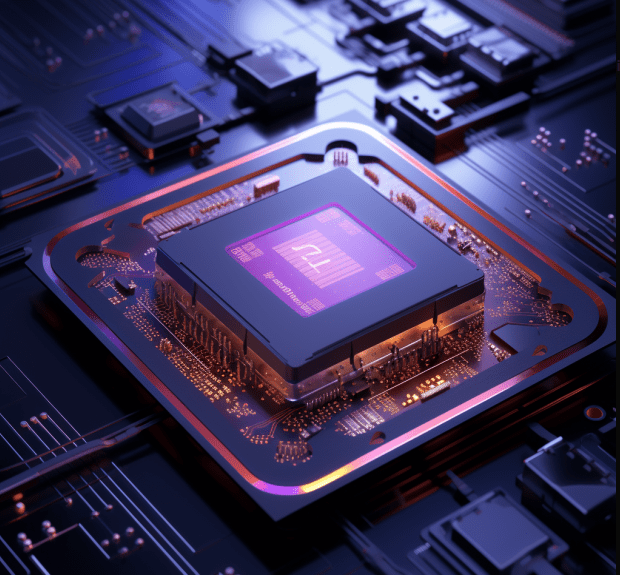OpenAI’s $51M Investment in ‘Brain’ Chips: Pioneering a New Frontier in AI Hardware
Exploring the Investment OpenAI, known for its groundbreaking work in AI, has made a strategic move by investing $51 million in Rain Neuromorphics. This company specializes in neuromorphic processing units (NPUs), which are designed to mimic the neural processing of the human brain. This investment marks a significant moment in the evolution of AI hardware, signaling a potential shift from traditional computing paradigms to more brain-like processing methods.

Understanding Neuromorphic Technology Neuromorphic technology is inspired by the structure and function of the human brain. Unlike conventional computer chips that process tasks sequentially, NPUs are capable of parallel processing, akin to how neurons in the brain operate. This allows them to handle complex, unstructured data more efficiently and potentially leads to a significant increase in AI’s cognitive capabilities, including learning, pattern recognition, and decision-making.
Implications for AI Development The investment in neuromorphic chips could have far-reaching implications for the field of AI. This technology promises to enhance the speed and efficiency of AI systems, allowing them to tackle more complex tasks and process larger datasets with greater ease. It could also lead to more energy-efficient AI models, addressing one of the major challenges in the current AI landscape.
OpenAI’s Vision and Strategy OpenAI’s decision to invest in Rain Neuromorphics aligns with its broader vision of advancing AI technology. This move indicates a keen interest in exploring new hardware solutions that could overcome the limitations of current AI systems. By investing in neuromorphic chips, OpenAI is positioning itself at the forefront of the next generation of AI development, potentially leading to more sophisticated and capable AI models.
Challenges and Considerations While the potential of neuromorphic technology is immense, it is not without its challenges. One major concern is the scalability of this technology, as well as the need to develop new programming paradigms and software that can fully leverage its capabilities. Additionally, there are broader implications to consider, including ethical concerns around more powerful AI systems and the impact on the job market and society at large.
The Future of AI Hardware The investment in neuromorphic chips by OpenAI is indicative of a growing trend towards specialized AI hardware. As AI models become more advanced, the demand for hardware that can keep pace is increasing. Neuromorphic technology, with its promise of brain-like processing, represents a significant step in this direction, potentially leading to a new era in AI capabilities.
Conclusion OpenAI’s $51 million investment in Rain Neuromorphics’ ‘brain’ chips is a clear indication of the evolving landscape of AI technology. This move not only demonstrates OpenAI’s commitment to pioneering advanced AI solutions but also highlights the importance of innovative hardware in unlocking the full potential of AI. As this technology develops, it will be interesting to observe how it shapes the future of AI and its applications in various fields.
Stay Informed For more detailed coverage and analysis of AI and technology trends, subscribe to ‘The Robot Pigeon’ newsletter at www.robotpigeon.beehiiv.com.







